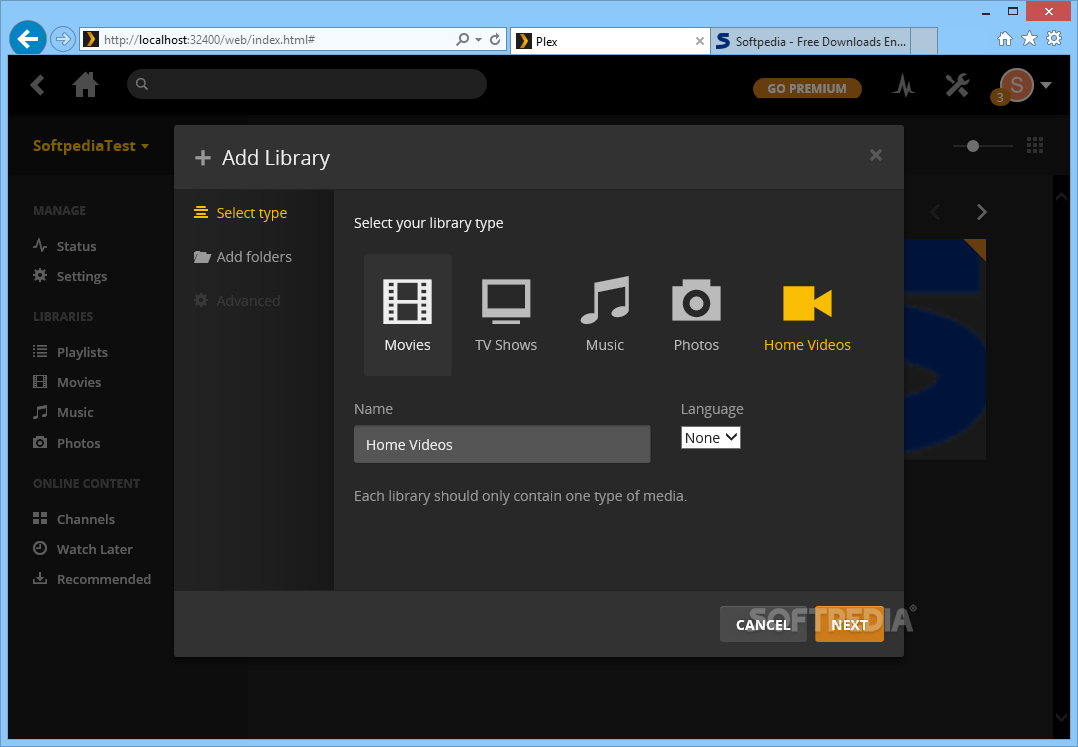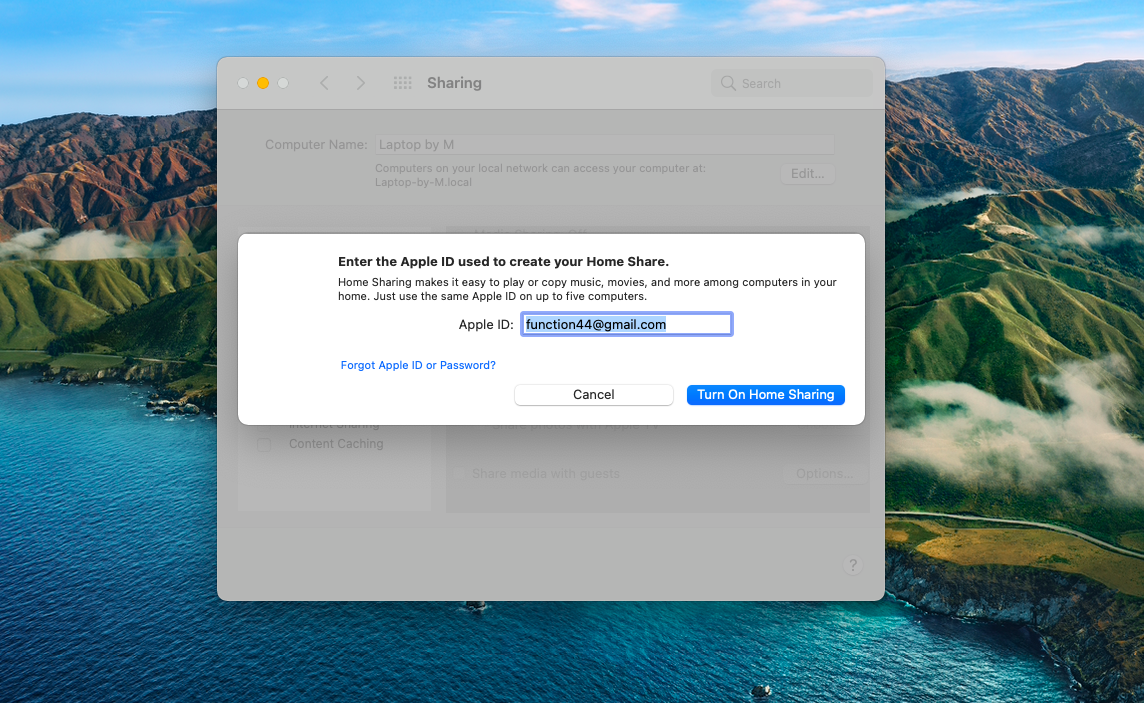

Oh, and I later sprung for a $40 powered USB 3.0 hub Remove non-product link and a $15 power strip Remove non-product link (for reasons I’ll explain in a moment).

Being the beginner that I am, I opted for a rock-bottom budget, spending just $25 for an external DVD drive Remove non-product link (after realizing that I’d long ago shed my old PCs with optical drives) and $30 for a new 256GB USB memory stick Remove non-product link (which holds my entire 200-CD music collection, in lossless FLAC format, with tons of room to spare). It’s certainly possible to spend thousands of bucks on NAS drives, “endpoints” and other hardware for your home media server.
#Media sever for mac Pc#
There are limitations to installing Plex on a desktop PC or a laptop-namely, you’ll need to keep it running whenever you want to stream media-but it’s a great, low-effort way to see what all the fuss is about.
#Media sever for mac install#
In minutes, you can simply install Plex Media Server on a Mac or Windows PC, pick some folders filled with music, videos or other media, and start streaming away. Of course, you don’t necessarily need a Raspberry Pi to set up a home media server. I’m no expect at building PCs, but I had my first media server up and running on a Raspberry Pi in only a few hours. I then tossed some old MP3s and home video files on the memory stick, and before I knew it, my unused Raspberry Pi had turned into a media server. Mounting an 8GB USB thumb drive (I decided to start small until I knew what I was doing) on the Pi turned out to be a little trickier, although I even had that licked after another 45 minutes or so.
#Media sever for mac how to#
There are plenty of online tutorials on how to install Plex Media Server on a Raspberry Pi, and within an hour or so I had Plex up and running. ( We reviewed Plex as a DVR, but it’s also a capable music and video server.) For my own first project, I took the middle road, choosing to use the Linux-based Raspberry Pi (which involves spending quality time with the command line in Terminal) with Plex, a popular, off-the-rack, and relatively easy-to-use media server package. Setting up a home media server may sound intimidating, but it doesn’t have to be. Instead, I wanted to share a few things I learned during my own experience, starting with… It’s surprisingly easy

Now, I’m not here to give you a step-by-step guide on how to build your own media server ( we already have those). Now, I’m not an expert at building PCs, nor do I consider myself an audiophile (although I think I know good sound when I hear it), but I was drawn to the idea of putting my modest CD collection (and some old DVDs as well) into my own personal cloud, where I could stream it to my phone, my tablet, my home theater, or just about any device I wanted to. Working here at TechHive as I do, I was aware of at least one enticing way to put a Raspberry Pi Remove non-product link to work: as a media server for videos and music files. But during a long holiday break, an idea started forming in my head: Could I actually turn this glorified paperweight into something useful? Occasionally I’d pick it up and absent-mindedly twirl it around, as if it were a stress ball. For years, there was a lonely Raspberry Pi 3 gathering dust on my desk, right next to a cup of pens and a stack of Post-Its.


 0 kommentar(er)
0 kommentar(er)
